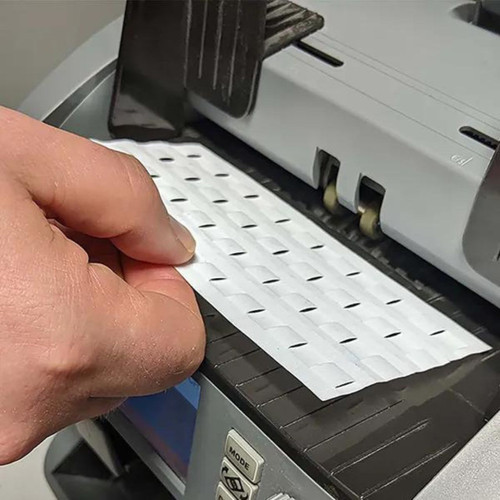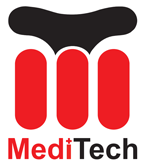Currency counters are essential tools for businesses, banks, and financial institutions that handle large amounts of cash. These machines ensure accurate counting, improve efficiency, and reduce human error. However, regular cleaning and maintenance are necessary to keep them functioning optimally. So, how to clean your currency counter properly?

Gather the Necessary Supplies
To clean a currency counter effectively, gather the following supplies:
- Currency counter cleaning cards: These are specially designed cards that contain cleaning agents to remove dirt, debris, and residue from the sensors, belts, and rollers of the currency counter.
- Soft, lint-free cloth or microfiber cloth: Use these to wipe down the outer surfaces of the machine.
- Cleaning solution: If necessary, use a mild cleaning solution to remove stubborn stains or marks on the exterior of the currency counter.
- Compressed air, cleaning swab or a small brush: These tools are useful for removing loose dirt and dust from hard-to-reach areas.
- Gloves (optional)
Preparing the Currency Counter
Before inserting the cleaning card, ensure the currency counter is turned off and unplugged from the power source. This step minimizes the risk of electrical shocks and protects the machine during the cleaning process.
Using Currency Counter Cleaning Cards
Currency counter cleaning cards are specifically designed to clean the sensors, belts, and rollers of the machine. Follow these steps:
1) Insert the cleaning card into the currency counter’s bill path, just like you would with a regular banknote.
2) Once inserted, the cleaning card will travel through the machine, removing dirt and debris from the sensors, belts, and rollers.
3) Repeat the process a few times to ensure thorough cleaning.
4) Dispose of the used cleaning card properly.
Cleaning the Exterior Surfaces
To maintain the cleanliness and appearance of the currency counter, use a soft, lint-free cloth or microfiber cloth dampened with a mild cleaning solution (if necessary) to wipe down the outer surfaces. Avoid using harsh chemicals or abrasive materials that could damage the machine.
Remove stubborn dirt or residue
If there is any stubborn dirt or residue on the feed mechanism or sensors, you can use isopropyl alcohol to clean them. Dampen a soft cloth or cleaning swab with isopropyl alcohol (70% concentration) and gently wipe the affected areas. Ensure the cloth is slightly damp and not dripping wet. Avoid using excessive force or moisture, as it may cause damage to the machine.
Clean the display screen
The display screen is prone to accumulating fingerprints, smudges, or dust. Use a microfiber cloth or a soft lint-free cloth to gently wipe the screen. If necessary, you can slightly dampen the cloth with water or an appropriate screen cleaning solution. Avoid spraying liquid directly onto the screen, as it may seep into the internals and damage the machine.
Dry and reassemble
After cleaning, allow all the parts to air dry completely. Ensure no moisture remains before reassembling the currency counter. It is essential to follow the manufacturer’s instructions regarding the recommended drying time.
Proper cleaning and maintenance of your currency counter are essential to ensure accurate counting and extend the lifespan of the machine. By following the step-by-step guide provided in this article, you can effectively clean your currency counter, removing any dirt, dust, or residue that may hinder its performance. Remember, regular maintenance and cleaning will help keep your currency counter in optimal condition, ensuring smooth operations in your financial environment.
 China Cleanroom Foam Swabs, Polyester Swabs, Printer Cleaning Kit Manufacturer, Supplier, Factory – MediTech
China Cleanroom Foam Swabs, Polyester Swabs, Printer Cleaning Kit Manufacturer, Supplier, Factory – MediTech